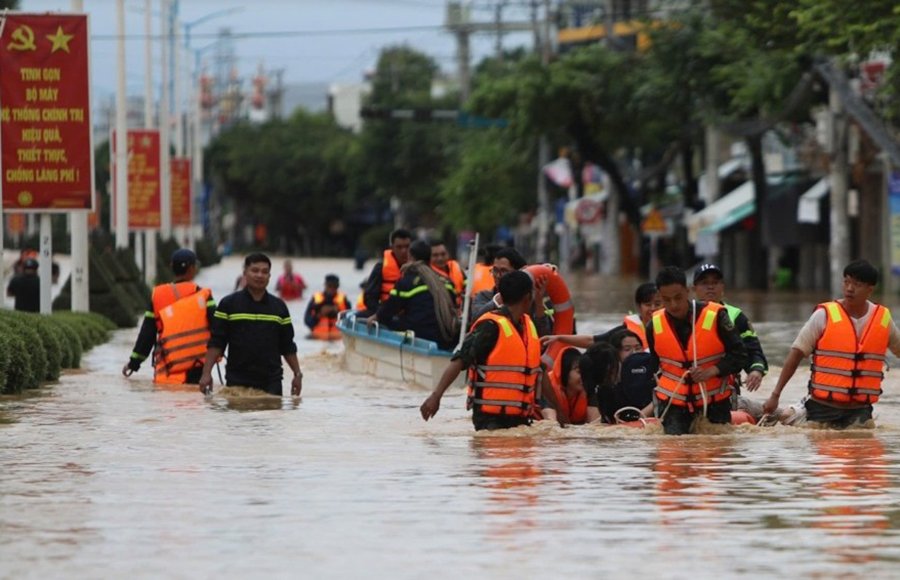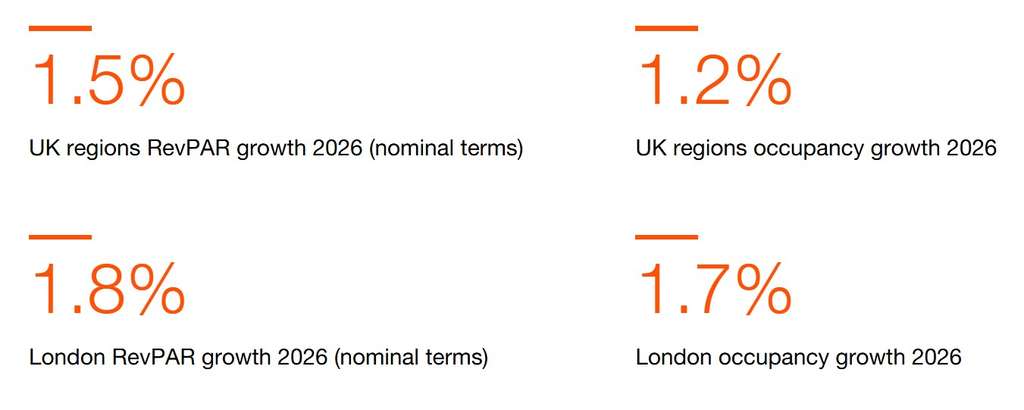читайте также
 Vietnam Struggles With Severe Flooding: Deaths Reported, Tourists Trapped
Vietnam Struggles With Severe Flooding: Deaths Reported, Tourists Trapped
 PwC: UK Hotel Market Remains Resilient in 2026 — Time for Innovation, Efficiency, and Strategic Growth
PwC: UK Hotel Market Remains Resilient in 2026 — Time for Innovation, Efficiency, and Strategic Growth
 Private Jet Rentals Redefine Luxury Travel: The Emerging Trend of 2025
Private Jet Rentals Redefine Luxury Travel: The Emerging Trend of 2025
 Formula 1 Grand Prix Brings Singapore’s Hotel Market to Record-Breaking Heights in October 2025
Formula 1 Grand Prix Brings Singapore’s Hotel Market to Record-Breaking Heights in October 2025
 Austria’s Real Estate Market Accelerates: Sales Up Nearly 14%
Austria’s Real Estate Market Accelerates: Sales Up Nearly 14%
 Cyprus Real Estate: Prices Rise, Returns Fall
Cyprus Real Estate: Prices Rise, Returns Fall
Mass Deportation of Migrants from the U.S.: New Initiatives Under Trump Administration

The Trump administration is implementing one of the most sweeping anti-illegal immigration agendas in recent U.S. history. Among the new measures are a mandatory registry for undocumented migrants, a sharp increase in ICE enforcement personnel, and the launch of a "Project Homecoming" program offering cash and plane tickets to those who leave voluntarily.
Mandatory Registry for Undocumented Migrants
According to AP News, the U.S. Department of Homeland Security has announced the creation of a national registry for undocumented immigrants. Individuals aged 14 and older will be required to register, submit fingerprints, and provide a residential address.
Failure to register will be classified as a criminal offense, punishable by fines, imprisonment, or both. This long-ignored provision of U.S. immigration law will now be actively enforced. A dedicated registration form is currently being prepared by USCIS.
The registry is one of ten executive orders signed by Trump on Inauguration Day. While it's unclear how many undocumented migrants will willingly disclose their identity, noncompliance will become a top priority for deportation.
Immigration rights groups warn of the risks. The National Immigration Law Center (NILC) recalls the last major registration system was introduced in 1940, requiring all foreigners to register at post offices—then aimed at identifying potential “national security threats.” In the current context, NILC argues the registry would primarily be used to locate and detain migrants for deportation.
Project Homecoming: $1,000 and a Ticket
One of the administration’s new flagship initiatives is Project Homecoming: undocumented migrants are offered $1,000 and a free airline ticket to leave the U.S. voluntarily — or face detention, asset freezes, deportation, and criminal penalties.
While intended to reduce pressure on immigration authorities, the program has already encountered serious failures, including:
- Deportation of two U.S. citizens
- Detention of valid visa holders
- The wrongful removal of a legal worker
According to The Washington Post, at least seven U.S. citizens have been mistakenly arrested and deported since the campaign began.
Prof. César Cuauhtémoc García Hernández (Ohio State University) notes that under political pressure, the risk of wrongful detention increases. Past research estimates that 1–1.5% of deportees may actually be U.S. citizens.
Political science professor Jacqueline Stevens calls the deportation system an “information black hole,” where administrative opacity enables these abuses to persist.
Target: One Million Deportations
Since Trump’s return to office, ICE reports over 65,700 deportations. The administration aims to deport 1 million people by the end of 2025 — four times the number in 2024.
To achieve this, Trump is requesting an increase of 20,000 new ICE officers (up from 6,000 currently), according to The Daily Beast. Additional agents from other federal agencies and local police forces will also be involved.
In Florida, a recent joint ICE-police raid led to over 1,100 arrests in a single operation.
Former acting ICE director Deborah Fleischaker warns that detaining more people won’t guarantee more deportations. Many countries are reluctant to accept nationals with criminal histories. That’s why the U.S. has signed a deportation repatriation agreement with El Salvador — and is negotiating with others.
Trump’s border policy advisor Tom Homan estimates that deportation expansion will initially cost $86 billion, but Politico reports the final figure could reach $200–350 billion. The American Immigration Council estimates deporting all 11 million undocumented migrants would take over a decade and cost nearly $1 trillion, including detention, processing, enforcement, and infrastructure.
Despite ambitions, bureaucratic delays, court backlog, and staff shortages are slowing down the mass deportation rollout.
Подсказки: USA, immigration, deportation, Trump, ICE, undocumented migrants, migration policy, Project Homecoming, registry, border security





